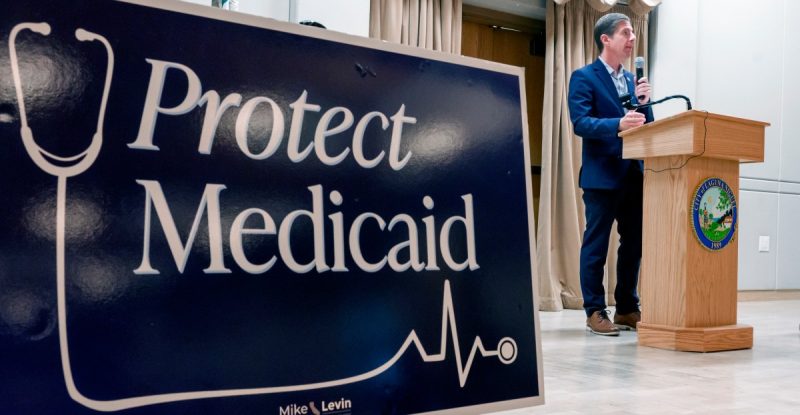
The Democratic party’s recent string of electoral setbacks has sparked intense debate within the party. Many strategists point to a messaging problem, focusing on tweaking words and phrases to better resonate with voters. Think tanks pour millions into research, searching for the magic bullet phrase that will win back elusive working-class voters. But is this focus on messaging a distraction from a more fundamental issue?
This approach overlooks a crucial point: the problem might not be *what* Democrats are saying, but the very structure of the American political system. A 65-year-old theory suggests that the two-party system itself might be hindering the Democrats’ ability to connect with a broad base of voters. This theory highlights how the current system often forces voters to choose between two imperfect options, neither of which fully represents their views. Consequently, many voters feel disenfranchised, leading to lower turnout and unpredictable election outcomes.
The obsession with finding the ‘perfect’ message is a symptom of this deeper problem. Endless focus groups and polling data may reveal preferred phrasing, but they do little to address the underlying structural issues. The current emphasis on appealing to a narrow segment of the electorate – often through targeted messaging campaigns – ignores the broader dissatisfaction with the political system itself. This approach misses the point, failing to address the widespread feeling of being unrepresented.
Consider the recent efforts to highlight Medicaid cuts in proposed legislation. The difficulty in effectively communicating this message stems not from a lack of effective messaging, but from the complicated realities of a program with varying names and implementations across different states. This isn’t a problem solvable by simply changing the words; it’s a problem rooted in the complexity of the issue and the limitations of simple messaging strategies.
Instead of focusing solely on messaging, Democrats might find more success in addressing systemic issues that contribute to voter disillusionment. Reform efforts that aim to increase voter participation, reduce the influence of money in politics, and promote more representative forms of governance could prove more effective than any amount of focus-group-tested rhetoric. Ultimately, a healthy democracy requires more than just effective messaging; it requires a system that truly represents its citizens.










